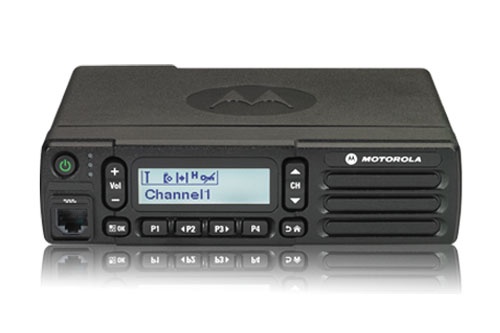The evolution of Motorola's two-way radios is a testament to the company's commitment to innovation and advancement in communication technology. From the XPR2500 to the XPR5350e, each model in the series has brought significant improvements, shaping the way individuals and organizations communicate in various environments. This article delves into the progression of these models, highlighting the key features and advancements that have defined Motorola's journey in two-way radio technology.
The Beginnings: Motorola XPR2500
The Motorola XPR2500, a part of the MOTOTRBO series, marked a significant step in digital radio technology. It was designed for users requiring an intuitive, easy-to-use device that offered reliable communication. The XPR2500's analog and digital capabilities meant it could operate in both spectra, making it a versatile choice for transitioning users. Its features included:
- Analog and Digital Interoperability: Allowing for smooth transition from analog to digital.
- Enhanced Audio Quality: Providing clearer voice communication compared to analog radios.
- Simple Interface: Designed for ease of use with minimal training required.
Evolution: Enhanced Features and Performance
As technology progressed, Motorola's two-way radios evolved, enhancing user experience and performance. The subsequent models incorporated more advanced features, such as:
- Improved Battery Life: Ensuring longer operation times, crucial for critical communication needs.
- Advanced Safety Features: Including emergency buttons and lone worker capabilities for user safety.
- GPS Functionality: Enabling location tracking for efficient coordination and resource deployment.
The XPR5350e: A New Era of Communication
The XPR5350e represents the pinnacle of this evolution. It embodies advanced technology and features that set it apart from its predecessors:
- Enhanced Connectivity: Offering superior range and reception capabilities.
- Integrated Wi-Fi: Allowing for over-the-air software updates and quick programming.
- Bluetooth Connectivity: Enabling wireless accessories for more convenient use.
- Better Audio Quality: Enhanced noise cancellation for clearer communication in noisy environments.
- Rugged Design: Meeting stringent military standards for durability and reliability.
Impact on Industries
The evolution from the XPR2500 to the XPR5350e has had a profound impact on various industries. In sectors like public safety, construction, and logistics, the enhanced features of these radios have improved coordination, response times, and overall efficiency.
Conclusion
Motorola's journey from the XPR2500 to the XPR5350e showcases a relentless pursuit of excellence in communication technology. Each model in this evolution has contributed to creating a more connected, efficient, and safe working environment for users across numerous industries. As technology continues to advance, the future of two-way radios promises even greater capabilities, further revolutionizing the way we communicate.


No comments yet